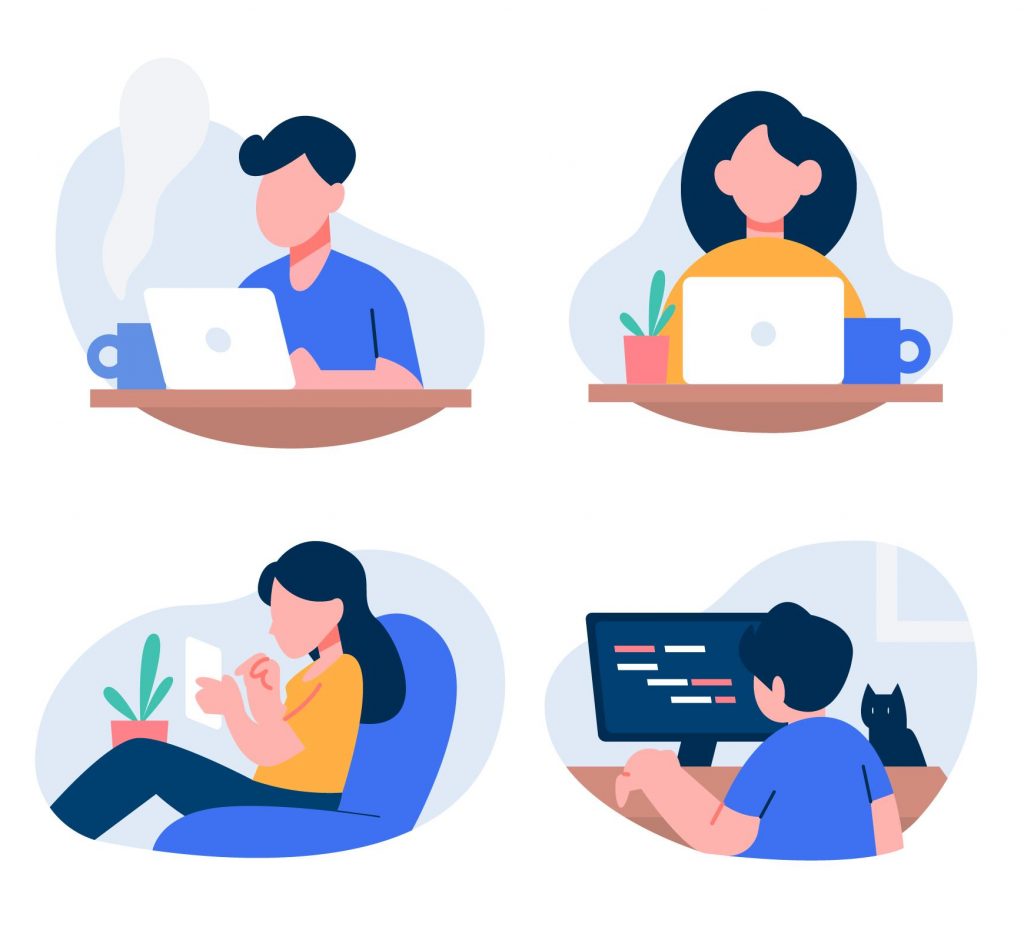
How to Design an Effective Employee Incentive Plan
Are traditional financial rewards enough to motivate your team, or could the secret to unlocking peak performance lie in understanding the deeper, social value of non-cash incentives?





|
Ocupation |
Groath Rate 2020-2030 |
2020 Median Pay |
|
70% |
$27,490 per year |
|
|
68% |
$56,230 per year |
|
|
62% |
$25,110 per year |
|
|
52% |
$111,680 per year |
|
|
52% |
$46,470 per year |
|
|
49% |
$28,800 per year |
|
|
Agents and business managers of artists, performers, and athletes |
46% |
$75,420 per year |
|
44% |
$42,910 per year |
|
|
39% |
$40,510 per year |
|
|
39% |
$64,050 per year |
|
|
38% |
$50,850 per year |
|
|
37% |
$106,920 per year |
|
|
36% |
$62,940 per year |
|
|
35% |
$92,270 per year |
|
|
35% |
$27,230 per year |
|
|
35% |
$59,770 per year |
|
|
34% |
$26,080 per year |
|
|
Miscellaneous entertainers and performers, sports and related workers |
34% |
$15.70 per hour |
|
33% |
$103,590 per year |
|
|
33% |
$67,250 per year |

With today’s online learning systems and technology, changing one’s career path is easier than ever. The career change statistics indicate that retraining gives workers the chance and resources they need to improve their future. Therefore, it offers them the opportunity to use their natural gifts and abilities to excel in their career.
Browse our curated list of vendors to find the best solution for your needs.
Subscribe to our newsletter for the latest trends, expert tips, and workplace insights!

Are traditional financial rewards enough to motivate your team, or could the secret to unlocking peak performance lie in understanding the deeper, social value of non-cash incentives?

Discover how small businesses and start-ups can benefit from free HRIS software in meeting core HR needs while also increasing the productivity of both managers and employees.

With a free plan, a unique platform, and rewards that target frontline workers, Guusto stands out as a valuable employee incentive tool in the workplace.

Is there really a nice way to fire someone? While termination will never be easy, it can be done with professionalism and compassion.
Used by most of the top employee benefits consultants in the US, Shortlister is where you can find, research and select HR and benefits vendors for your clients.
Shortlister helps you reach your ideal prospects. Claim your free account to control your message and receive employer, consultant and health plan leads.